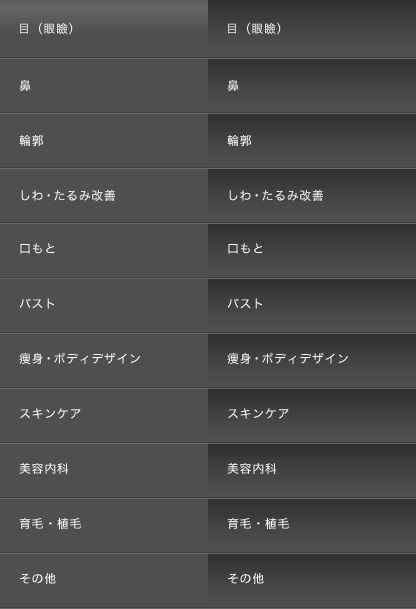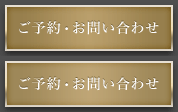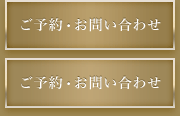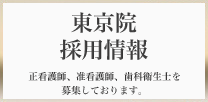「当院における鼻形成術、難症例に対するストラテジー」
第89回日本美容外科学会 / 2005年11月 / 東京院 海野誠
目的
我々東洋人の鼻形成術においては、その皮膚、皮下組織の厚さゆえに鼻の下1/3の形態を整えることが最も難しいといえる。実際の代表例として、鼻尖部の延 長、鼻柱部の延長・下降、鼻孔縁変形などが挙げられる。これらのどれもがプロテーゼ挿入では改善されず、自家組織の移植による修正が必要となる。当院にお けるこれらの難症例における術式と結果に若干の考察を加えて報告する。
方法
鼻尖部の延長に対して、軽症例では耳介より採取した軟骨片を数枚重ね合わせたものを鼻尖部へonlay graftする。いわゆる団子鼻を改善する鼻尖縮小術に併用されることが多い。重症例では鼻中隔延長を併用する必要がある。鼻柱部の延長・下降には、鼻中 隔ないしは耳介より採取した軟骨片を鼻中隔軟骨尾側に固定する。鼻孔縁の変形に対しては鼻腔内の曲面にあうような耳介の曲面を選び、皮膚、皮下組織、軟骨 を一塊にした移植片を採取しcomposite graftを行う。また大幅な組織の増減および軟骨の再構築を正確に行う必要性のある症例の場合は、積極的に経鼻柱切開によるオープンアプローチを用い る。術後は安静を保つために、5日間のギプスによる外固定、レティナによる鼻腔内の固定などを用いる。
結果
短鼻に代表されるように我々東洋人の鼻の特性から、鼻尖部の延長、鼻柱部の延長・下降、鼻孔縁の下降などを複合する症例が多く、症例に応じて経鼻柱切開に よるオープンアプローチを用い良好な結果を得た。
考察
これらの症例を難しくしている理由に、我々東洋人の鼻の特性が挙げられる。白人に比べもともと鼻自体が小さく、フレームワークである骨・軟骨も小さく脆弱 であるために、支持力を強固とするために、他からの自家組織の移植が必要となる。また皮膚や皮下組織が厚く硬いことは、その下のフレームワークの形態を表 に反映しづらいという問題がある。それらを改善するために、皮膚に瘢痕を形成するリスクはあるが、経鼻柱切開によるオープンアプローチを用い、より正確な 軟骨の操作を行うことが有効であると考える。(実際、鼻柱部の瘢痕はそれほど目立たないことが多い)また良好なprojectionを得るためには、皮 膚・皮下組織、鼻翼軟骨の尾側への可動性およびliningである鼻粘膜の伸展性の制限を見極めることが大切である。
ORIENTAL RHINOPLASTY
In Asia, rhinoplasties are needed performing to improve the lower third of nose.
But, they can be quite difficult when trying to create the perfect shape, due to the fact that the thickness of the skin subcutaneous tissues is far greater in the oriental nose than that of the Caucasian.The oriental nose is smaller and has a weaker bone and cartilage structure. For these reasons, autogenous grafting using cartilage and other tissue is usually required.
For patients who need tip projection, several pieces of cartilage are removed from the auricle and grafted to the nassal tip.
In the case of a short nose, both the columella and nassal tip must be extended simultaneously.Implants are unsuitable for such a procedure.Cartilage, which can be harvested from the auricle or the septum itself, must be fixed to the caudal septum.It is necessary to enter through the open approach, so that a more precise result may be achieved.After surgery is completed, a plaster cast is fixed to the nose and a retainer is inserted interiorly to help maintain shape during the recovery period.
In the open approach, there is a risk of visible scarring at the columella incision, but it is more desirable if we are to effectively reshape the nose.Another determining factor is that the mobility and flexibility of the inner lining of the nose, greatly determines the extent in which we can effectively manipulate the nose’s structure.



















